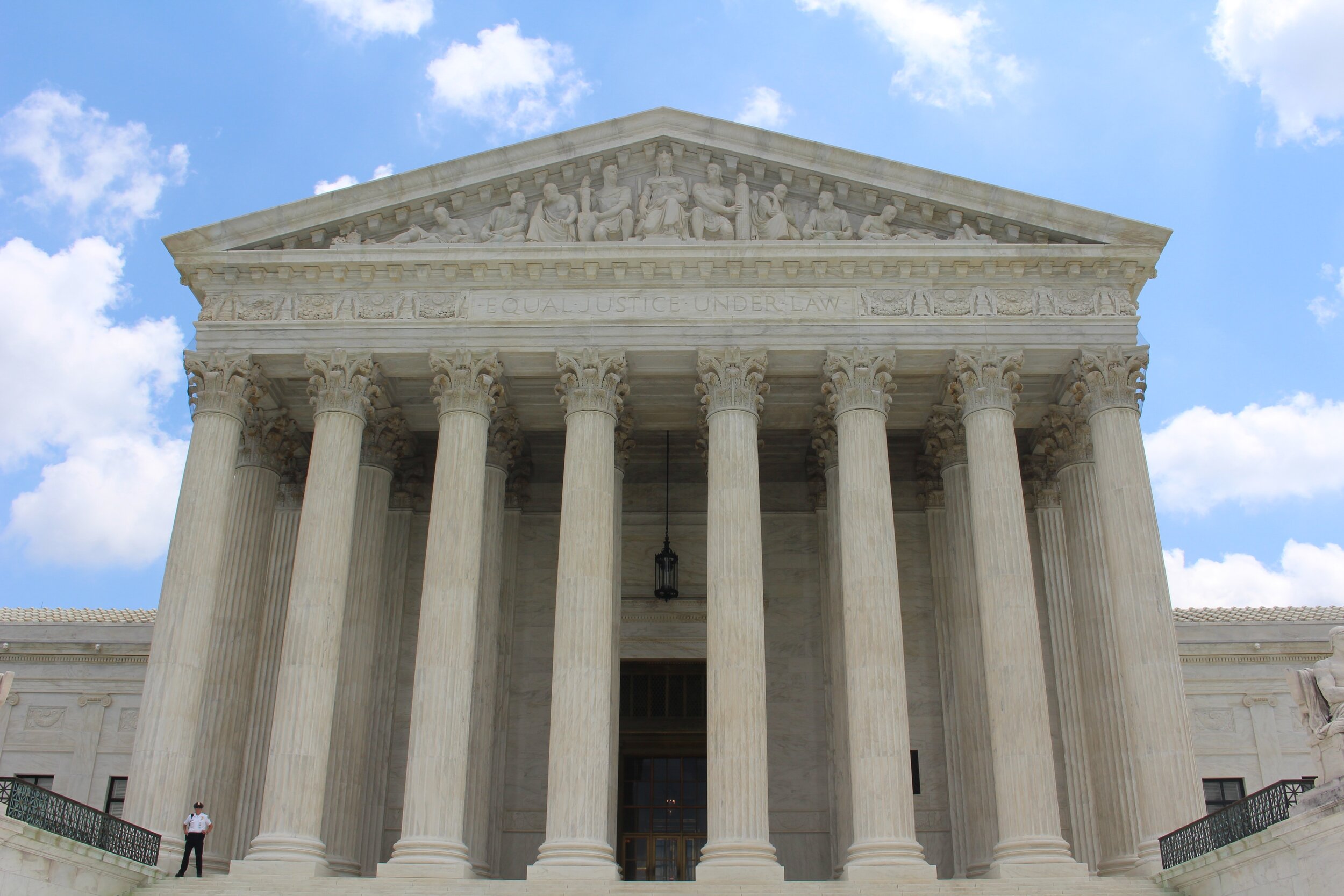Can participants in a well-funded defined benefit plan sue for fiduciary breach? Applying constitutional law to ERISA suits, the Supreme Court ruled on June 1 in a 5-4 decision (Thole v. U.S. Bank N.A.) that these participants do not have standing to challenge imprudent plan investments because they have no monetary injury.
This decision may have immediate impact in cutting off potential defined benefit plan lawsuits based on investment losses during a coronavirus-related recession. It will not necessarily apply to other pending litigation or potential claims involving defined benefit plans and should have no impact on litigation challenging defined contribution plan investments.
The Facts
Plaintiffs were retirees receiving benefits from U.S. Bank’s plan. Although they always received their pensions on time, the retirees sued to recover $750 million in plan investment losses that they claimed were the result of using affiliated investment funds and poor management. They also sued for injunctive relief, including removal of the responsible fiduciaries.
The Majority Decision
The majority decision written by Justice Kavanaugh determined that since the plaintiffs would get their same benefits whether they won or lost the lawsuit, they had no stake in the outcome. Justice Kavanaugh then analyzed and rejected each of the reasons raised by plaintiffs for allowing them to sue. The court specifically ruled that:
Defined benefit plan participants do not have an equitable or property interest in the plan. This is contrary to the rule under the common law of trusts, which is usually a standard reference in ERISA decisions. Since participants have no recognizable interest in a defined benefit plan, injuries to the plan don’t confer standing.
Participants cannot maintain claims on behalf of the plan when they have suffered no injury and have not been appointed to represent the plan.
The fact that ERISA authorizes plan participants to sue does not automatically confer standing.
Participant lawsuits are not necessary to maintain meaningful regulation of plan fiduciaries because shareholders, the employer, and the Department of Labor will monitor fiduciary behavior.
The decision does not technically reach the question of whether egregious mismanagement that substantially increased the risk that the plan would be unable to pay future benefits could be challenged by participants. However, it suggests that such a major funding deficit would be required and, in a footnote, that participants might have no standing even if the plan couldn’t pay benefits but the PBGC fully guaranteed them. Since the opinion requires that an injury conferring standing be “concrete, particularized, and actual or imminent,” any lesser level of underfunding would not appear to satisfy the Court’s standard.
The Dissent
A long dissent by Justice Sotomayor discusses in great detail how this decision departs from trust law and prior case law. Among the many questions raised by the dissent are how, given that plans must be managed “for the exclusive benefit” of participants, they could not have a protected interest that gave them standing. Justice Sotomayor states that even under the majority’s analysis looking to contract law rather than trust law as a guide, participants should be able to enforce the contract and are entitled to loyal and prudent plan management. The dissent concludes:
“Only by overruling, ignoring, or misstating centuries of law could the Court hold that the Constitution requires beneficiaries to watch idly as their supposed fiduciaries misappropriate their pension funds.”
Implications for Future Litigation
A Strongly Pro-Employer Interpretation of the Law
It is true as Justice Kavanaugh states that participants in defined benefit plans do not have any rights in specific assets, and that the plan sponsor (assuming it is financially able to do so) must make up any underfunding due to investment losses. If the plan has the right language, any surplus after all liabilities have been paid out may revert to the employer. However, the ultimate result of the majority’s reasoning seems to be that the exact same investment behavior can be challenged by participants as a fiduciary breach if the plan’s underfunding jeopardizes current benefit payments but is insulated from participant lawsuits in other circumstances. In addition, a plan sponsor financially able to eliminate underfunding could have a lawsuit dismissed after “topping up” the plan.
There is nothing in the language of Title I of ERISA distinguishing between the rights of participants in defined benefit plans and the rights of participants in defined contribution plans, or suggesting that fiduciary responsibilities can vary based on a plan’s funded status. The Department of Labor remains a party able to bring lawsuits challenging fiduciary investment behavior but is limited in the number of lawsuits it can bring.
Participants May Have Standing in Other Cases
This decision does not mean that participants in defined benefit plans will hardly ever have the right to sue. For example, a number of lawsuits have been filed against sponsors and fiduciaries of defined benefit plans claiming that participants are entitled to higher benefits because the plan calculations were made using outdated actuarial factors. These suits do not challenge investments and allege that benefits are currently being underpaid, a direct financial injury. Participants in underfunded multiemployer plans may have their benefits reduced if a plan is underfunded due to imprudent investments and the reductions are approved by the IRS. Participants whose benefits have been reduced would appear to have the direct financial injury that the court has made a precondition to sue.
Other factors might also make a difference in determining whether a participant in a defined benefit plan has standing to challenge fiduciary investment decisions. Is a plan not covered by PBGC insurance? Has the plan sponsor missed required minimum contributions? Is the plan sponsor likely to file for bankruptcy? The lower courts will have to grapple with these and other issues raised by the Thole decision.
